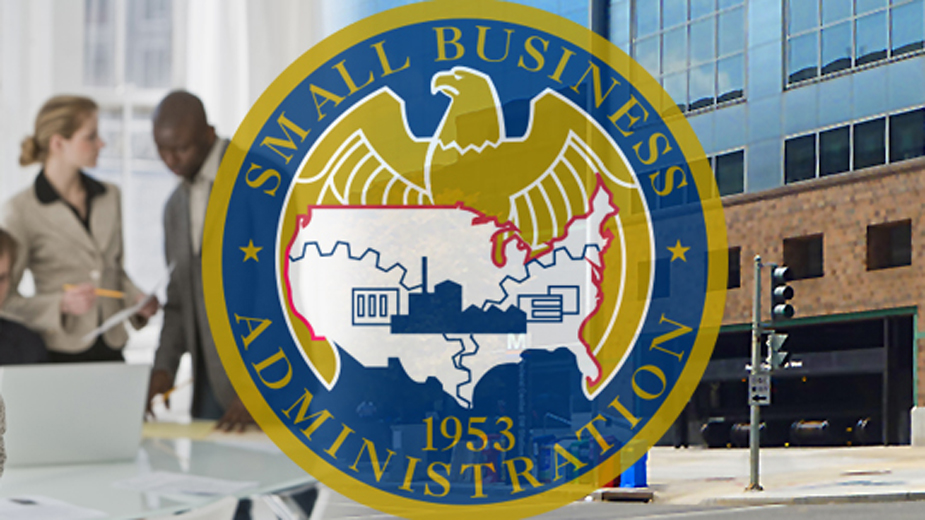SBA to Begin Taking Round 2 of PPP Applications Monday
Updated at 6:42 p.m: SBA sets 10:30 a.m. Monday start to PPP Round Two
YOUNGSTOWN, Ohio – The starting gun for Round Two of the Paycheck Protection Protection sounds at 10:30 a.m. Monday, the U.S. Small Business Administration announced late Friday.
All the agency was waiting on was President Donald Trump signing the bill passed by Congress Thursday that authorized another $310 billion in possibly forgivable loans to small businesses. Trump signed the bill early Friday afternoon.
“The SBA’s message to the folks out there looking to get a PPP loan, maybe they missed out on the funding as their lender wasn’t able to get them into the SBA system or they delayed on applying, now is the time to begin contacting your lenders, from large lenders to community banks and credit unions,” said SBA Region 5 Direcctor Rob Scott in a conference call with reporters late Friday morning.
Round One of the Paycheck Protection Program depleted its $349 billion of its initial funding in 12 days. The second round includes carve outs for small financial institutions – $30 billion each for those with less than $10 billion in assets and those between $10 billion and $50 billion – as well as $30 billion each for rural businesses and minority- and women-owned businesses.
Many industry analysts expect the new round of funding to go fast, as banks have held on to applications that didn’t get submitted in time for the first round of funding. The SBA does not have a backlog of applications to process, he said, urging small businesses that turned applications in to their banks to check with them to see the status of their application.
“There probably are queues that they’ll begin submitting. The SBA does not have that system, so we don’t have a backlog. When we begin taking applications for the PPP loans, all these lenders will enter their backlog,” Scott says. “Because of the fact there are 5,000 lenders and we know there’s a backlog of applications, I’d say you’re probably looking at a week timeframe” before funding runs out.
In the final days of the first round of the PPP, Scott says the agency was allocating between $3 billion and $4 billion per hour during business hours, with a dropoff at night when applications slowed.
“It’s going to go at a fast rate again. It was a successful program in the first round and we expect it to be a successful program in the second round,” he says.
Whether there is a third round of funding – Bank of America has suggested it would take $900 billion in relief to get all small businesses the money they need – will likely be determined closer toward the end of the second round.
This time around, Scott says the agency shouldn’t have the technical issues that plagued the early days of Round One. The application submission system was refined and upgraded during the 12-day lifespan of the first round of the PPP.
“When you start a new program, there are some growing pains. We’ve grown into them and we’re prepared for everything and anything coming at us,” he says.
For businesses that already received their funds, the SBA is working on developing the guidance for how business owners will prove they retained staff to have their loan forgiven.
“There will be guidance in the coming days. We’re building the plane as we fly it, so those back-end issues and compliance issues are getting worked out as we speak,” he says. “I was on a call with the capital access department and people in the field are hearing they got their disbursement and are asking about what they need to show to make sure they comply.”
For businesses that don’t expect a rebound in customers by the end of the eight-week period they have to maintain or rehire staff, Scott says the program isn’t tied to reopening the business.
“The purpose of the Paycheck Protection Program is to keep people on payroll in part of the business. It doesn’t mean, ‘We’re giving you this money and you have to open your doors.’ They might not be able to,” he says. “The key is they keep their employees on payroll, engaged in business and then when they reopen, they don’t have to rehire and retrain employees.”
Copyright 2024 The Business Journal, Youngstown, Ohio.



